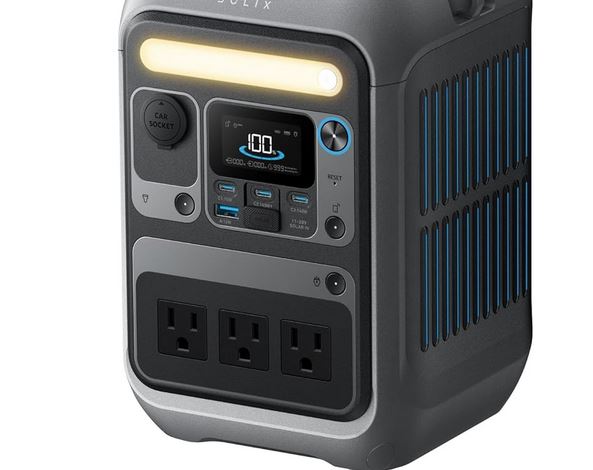How to Calculate PSU Wattage for Your Gaming PC
Published: October 24, 2025 | 8 min read
Choosing the right PSU wattage is crucial for system stability and avoiding costly shutdowns. Follow these essential steps:
Step 1: Calculate Your Component Power Draw
List all your components and their TDP ratings. Add up GPU, CPU, RAM, motherboard, storage, and cooling for your total power consumption.
Example: RTX 4080 (320W) + i9-13900K (253W) + motherboard/RAM/storage (100W) + cooling/fans (50W) = 723W total
Step 2: Add 20% Headroom
PSUs operate most efficiently at 50-80% load. Never run a PSU at 100% continuously as it reduces lifespan and efficiency.
Step 3: Consider Future Upgrades
Formula: (Total Watts × 1.2) + Future Upgrade Headroom = Required PSU Watts
For 723W system: (723 × 1.2) = 868W, so choose an 850W or 1000W PSU
Step 4: Check PCIe Power Connectors
Modern GPUs need 2-3 8-pin PCIe power connectors. Ensure your PSU has enough cables, especially for RTX 4090 (requires 3×8-pin or 1×12VHPWR).
Step 5: Don't Forget Efficiency Rating
80 PLUS Gold or Platinum ratings ensure less wasted energy and lower heat output. A 1000W Gold PSU actually draws ~1100W from the wall at full load.
Pro Tip: Use our interactive PSU calculator to instantly calculate your exact wattage needs!
